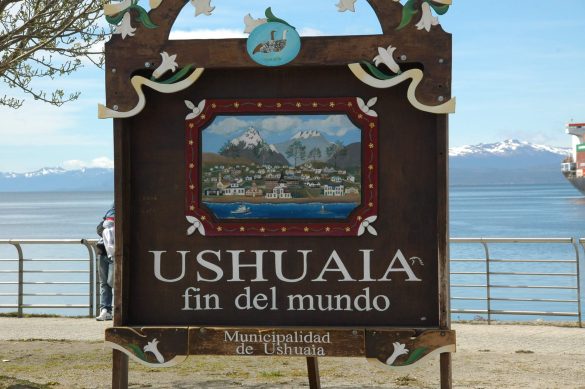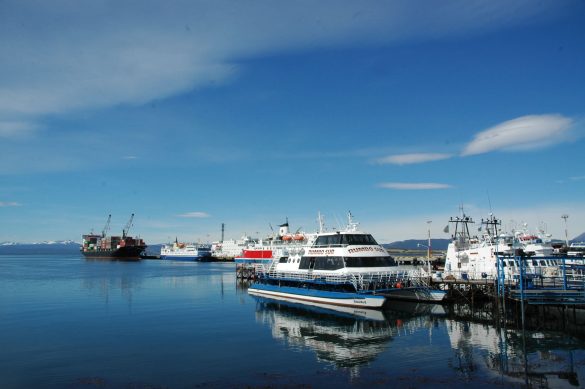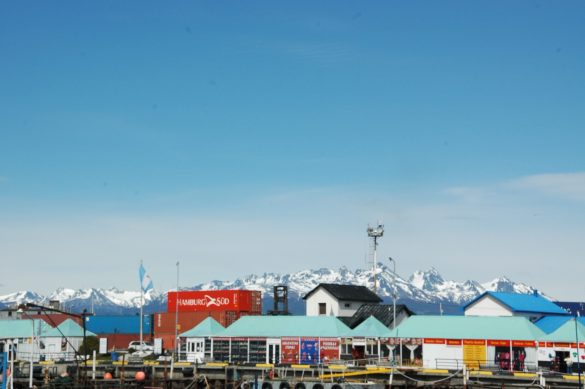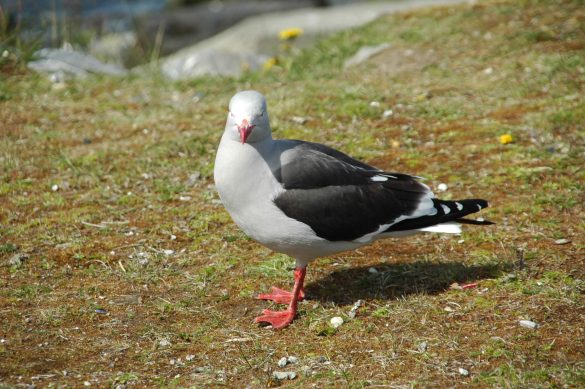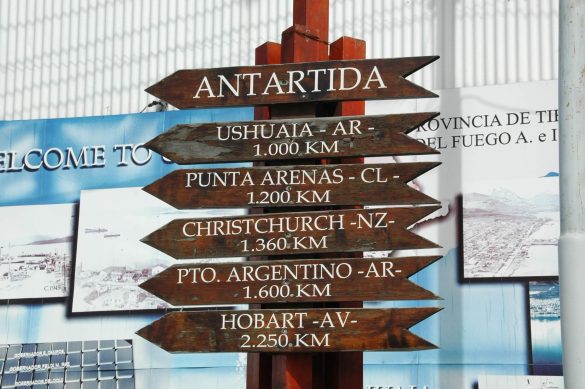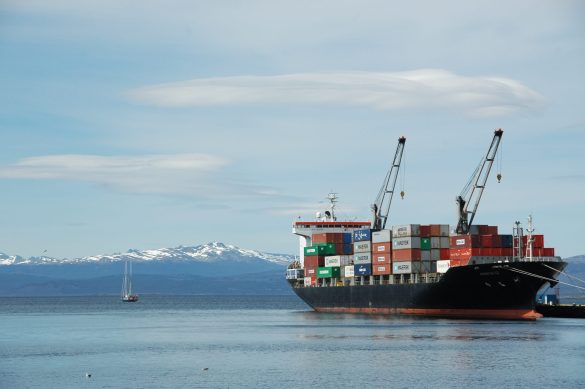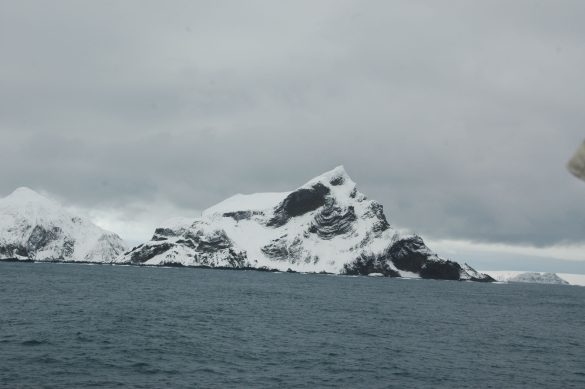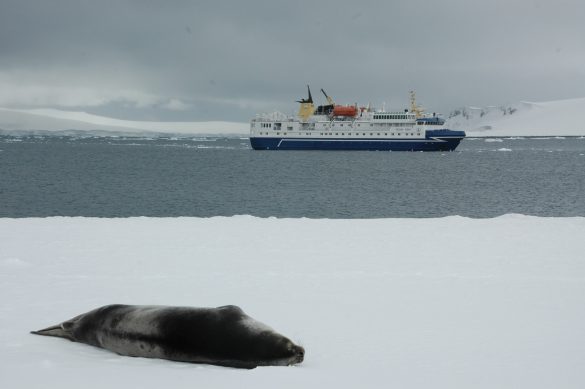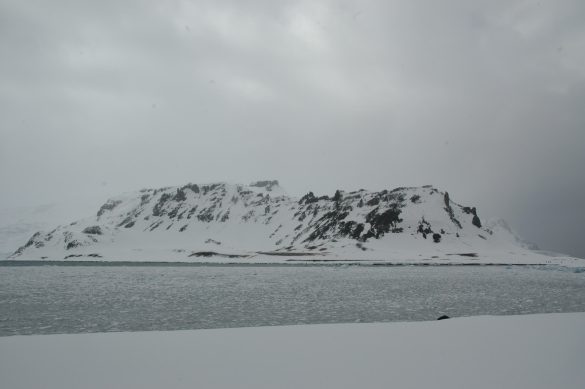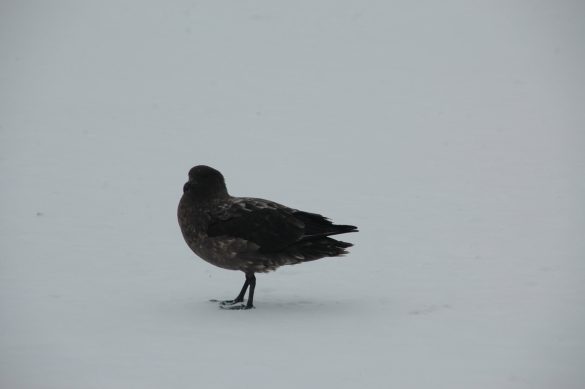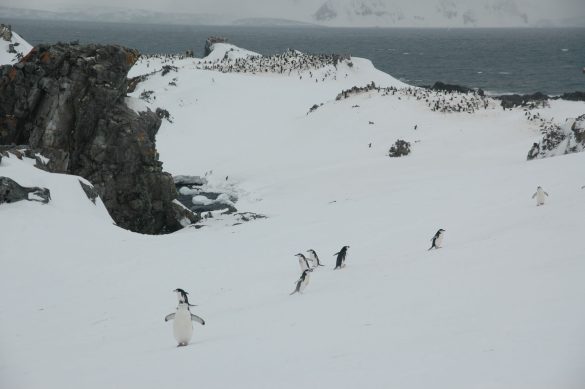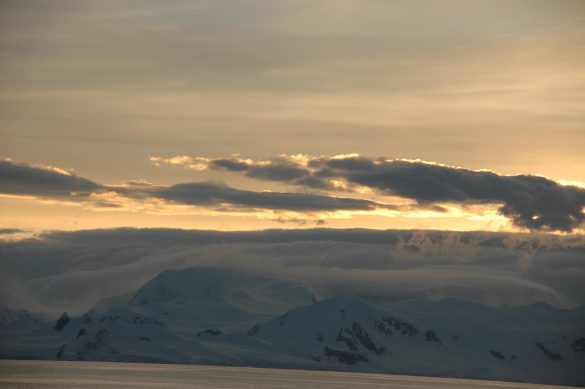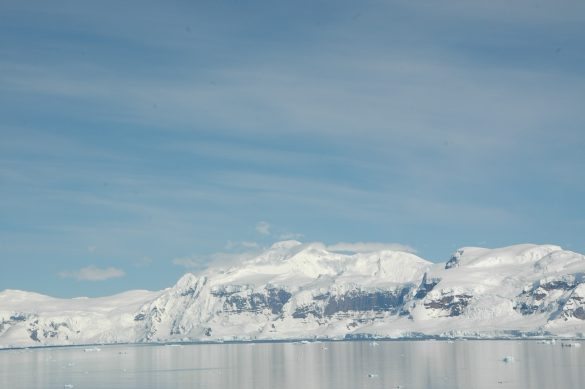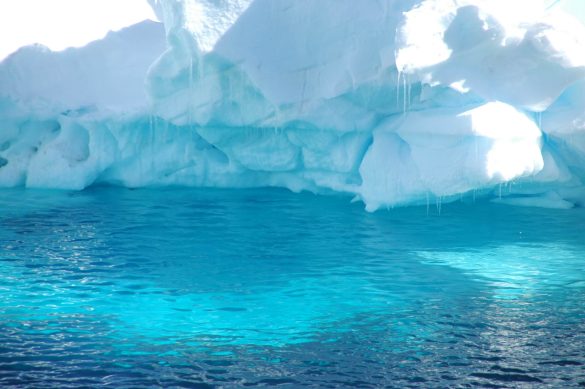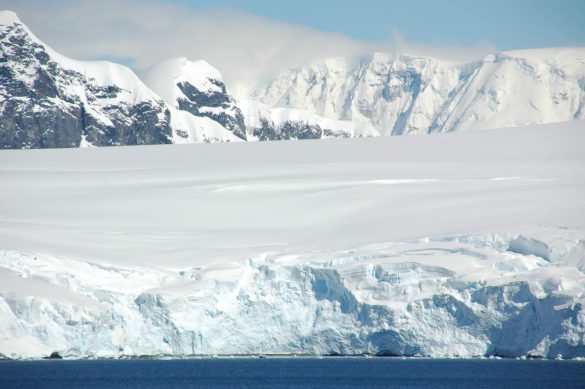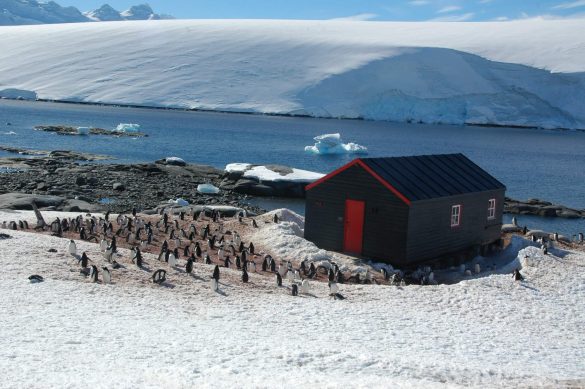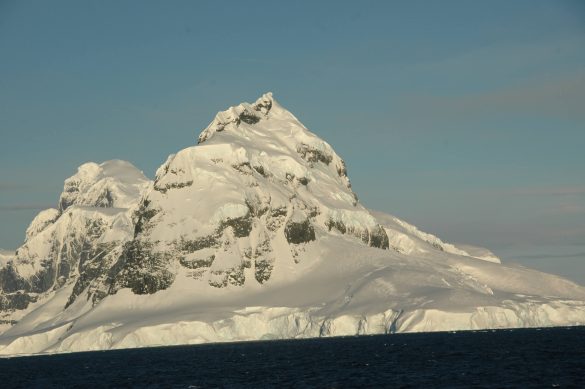Introduction
I never thought I’d set foot on the most remote and untouched continent on Earth, but when the opportunity arose to visit Antarctica, I knew I couldn’t pass it up. The journey was as exhilarating as it was challenging, and nothing could have fully prepared me for the sheer scale of its beauty. From towering glaciers to the playful antics of penguins, Antarctica felt like another world—one that left me humbled and in awe.
❄️ Where Is Antarctica? Earth’s Southernmost Frontier
Antarctica is the coldest, driest, and most remote continent on Earth — a vast white wilderness at the bottom of the globe. Unlike any other continent, it’s not a country but a frozen landmass dedicated to peace, science, and discovery.
📍 Exact Location:
Continent: Antarctica
Latitude: Centered roughly around the South Pole (90° S)
Longitude: All lines of longitude converge at the South Pole — so technically, Antarctica touches every longitudinal line on the map.
🧊 What’s Around Antarctica?
Antarctica is surrounded entirely by the Southern Ocean, which separates it from the closest continents:
South America (~1,000 km / 620 mi from the Antarctic Peninsula)
Africa (~4,000 km / 2,500 mi)
Australia (~2,600 km / 1,600 mi)
Despite its isolation, Antarctica is massive — twice the size of Australia — and holds about 70% of the world’s fresh water, locked away in ice.
Key Landmarks and Features:
The South Pole – the literal bottom of the Earth.
Transantarctic Mountains – dividing East and West Antarctica.
Ross Ice Shelf and Ronne Ice Shelf – massive floating extensions of glaciers.
McMurdo Station – the largest research station, run by the U.S.
Emperor Penguin colonies and incredible marine life beneath the ice.
🚢 How to Get There
Reaching Antarctica is an expedition in itself — no direct commercial flights or cities here. But it’s not impossible.
🛳️ By Sea (Most Common):
Depart from Ushuaia, Argentina – the world’s southernmost city.
Cruise across the Drake Passage to the Antarctic Peninsula (about 2 days).
Popular with tourists between November and March (Antarctic summer).
✈️ By Air:
Fly to King George Island (near the tip of the Antarctic Peninsula) from Punta Arenas, Chile.
Some scientific bases and luxury expeditions fly from Hobart (Australia) or Cape Town (South Africa) to inland stations.
🧭 Why Antarctica Captivates the World
Antarctica is more than ice — it’s a time capsule of Earth’s climate history, a sanctuary for rare wildlife, and the last truly wild continent. With no permanent residents and governed by international treaties, it’s a symbol of global cooperation and environmental stewardship.
Visitors often describe it as life-changing — where silence is deeper, stars are brighter, and nature feels untouched by time.
The Magic of Antarctica
Stepping onto the icy shores of Antarctica felt like stepping into a dream. The endless white landscapes stretched out in all directions, interrupted only by jagged mountains and the deep blue of the surrounding ocean. The silence was almost overwhelming, broken only by the distant calls of seals and the occasional thunderous crack of a calving glacier.
One of my most surreal moments was watching a pod of orcas glide effortlessly through the frigid waters. The stillness of the environment made every movement feel more profound. Then, there were the penguins—adorable, curious, and utterly fearless. I found myself standing mere feet from a group of gentoo penguins, watching as they waddled about, completely unbothered by my presence.
Challenges of the Journey
Of course, visiting Antarctica isn’t all smooth sailing—literally. The infamous Drake Passage, known for its unpredictable and often violent waves, tested my stomach’s limits. I quickly learned to appreciate the magic of seasickness tablets. The extreme cold was another hurdle, despite my many layers of thermal gear. Even a few minutes without gloves could make my fingers go numb.
Communication was also a challenge—there was no WiFi, no phone signal, just the vast emptiness of nature. But in many ways, that was a blessing. It forced me to disconnect and truly immerse myself in the experience.
Essential Tips for Future Travelers
Embrace the Unexpected – Weather conditions change in an instant, so flexibility is key.
Invest in Quality Gear – Good thermal wear, waterproof boots, and UV-protective sunglasses are essential.
Pack Motion Sickness Medicine – If you’re traveling by ship, prepare for rough waters.
Bring Extra Camera Batteries – Cold temperatures drain battery life fast!
Respect the Wildlife – Never approach or disturb animals; let them come to you.
Fun Facts I Learned Along the Way
Antarctica is technically the driest place on Earth—its interior receives less precipitation than the Sahara Desert!
The Antarctic ice sheet contains about 60% of the world’s fresh water.
Some areas haven’t seen rainfall for nearly 2 million years.
Antarctica has no official time zone, so research stations follow their home country’s time.
Final Thoughts
My time in Antarctica was nothing short of transformative. It’s a place that makes you feel small in the best way possible—where nature is at its most raw and powerful. If you ever get the chance to go, take it. Just be ready for an adventure unlike any other, one that will leave you with a newfound respect for our planet’s last great wilderness.

